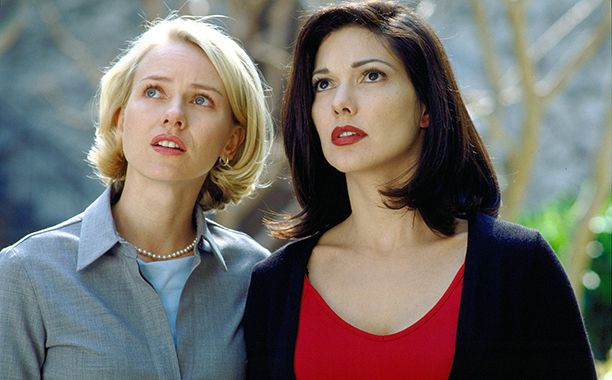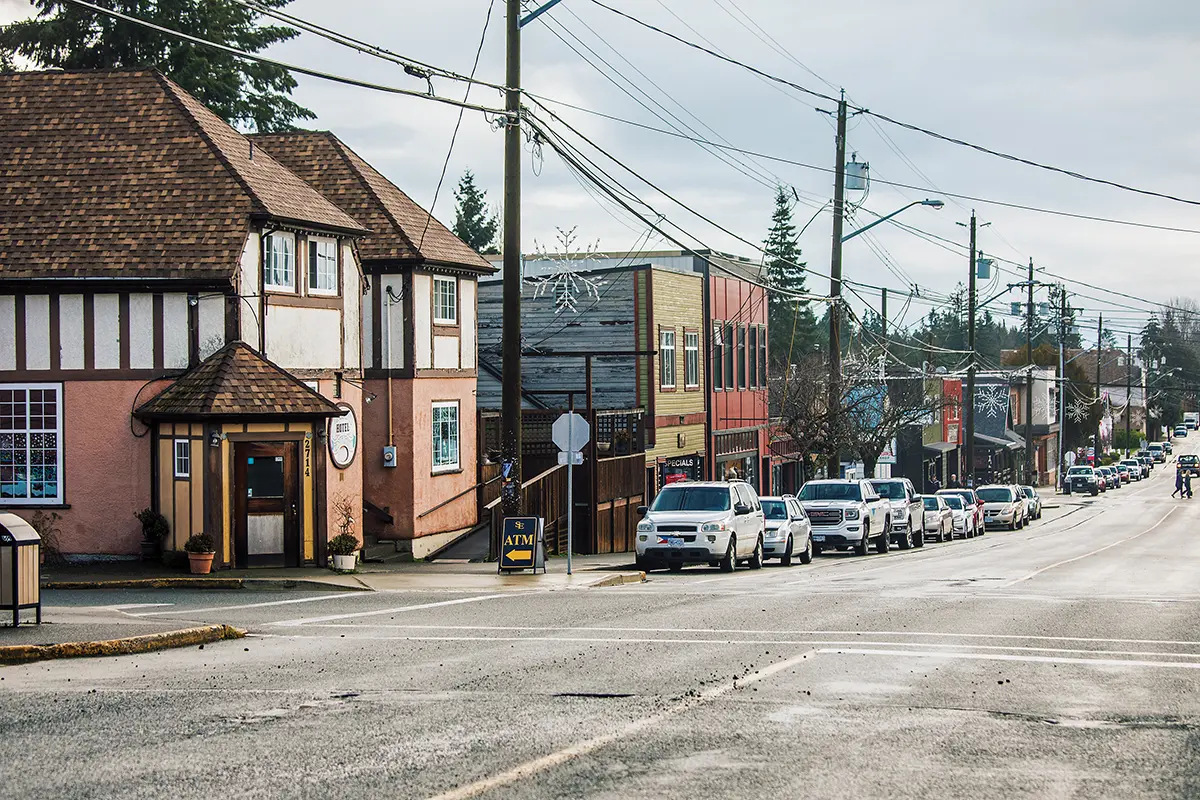The 2001 film urges its audience to get lost in surreality

Photo via Entertainment Weekly.
It’s impossible to talk in detail about this movie’s plot without spoiling it—so I won’t. Instead, this review is an exploration of what Mulholland Drive invokes in me, and of the movie’s commendable filmmaking, which dictates that this film demands to be watched, and watched closely.
The total filmography of David Lynch, director and writer of Mulholland Drive, can best be described as surreal and dreamlike. Lynch’s films often appear on Youtube with ‘Ending Explained’ in white text across the thumbnail. But having watched Mulholland Drive, I feel like those videos miss the point.
The plot is seemingly straight forward. An amnesiac woman, Rita, stumbles into the life of aspiring starlet Betty, and the two resolve to rediscover Rita’s forgotten life. But as the movie hurtles toward its ending, several plotlines are seemingly abandoned, never to be definitively answered, tantalizingly—almost mockingly—out of frame.
“What is real?” The movie seems to ask, as dreams bleed into realities.
Lynch originally conceived of Mulholland Drive as a TV pilot. So, are these unanswered questions remnants of the cancelled show? I don’t think so, because I don’t think we’re meant to discover what is real or what is a dream. Lynch could have tightened the plot, but chose instead to keep lingering threads, and integrated dream logic into the “real” world.
In mulling over my thoughts after this movie, I was reminded of a discussion surrounding Rashomon, a 1950 Japanese mystery built around four eyewitnesses with wildly different stories about what happened. A lot of the discussion surrounding Rashomon is about the literal moment-to-moment events. But why do we assume that the most cynical, ugly version of a story is the correct one? Uncovering the truth isn’t the point of Rashomon. What matters is the critical analysis of what the viewer takes away from all four stories. In Mulholland Drive, who’s plot is constructed around solving an unsolved mystery, what does it mean when that mystery isn’t answered? Besides the mystery, what drives the characters forward? What drives them to act? Critical analysis is key here, too.
So what’s ‘real’ in Mulholland Drive? Lynch’s answer seems to be: it doesn’t matter.
Mulholland Drive focuses on the romantic relationship between Rita and Betty, who are brought together by circumstance, but ultimately destroyed by the Hollywood machine. The identities of both women are absorbed by the other, but without the other, neither can survive. As explored in the director’s subplot, Hollywood is a system that prefers art a certain way, and crushes those who can’t bend to its whims. No matter what is dream or reality, no matter the style of filmmaking, their relationship is doomed to end.
The key in exploring Mulholland Drive is the scene in the club Silenco. “It’s all an illusion,” says the M.C., “but it’s all real.” If the viewer can accept this rule of Lynch’s dream world, we can discover the emotional heart of the Mulholland Drive underneath the winding plot threads: the humanity of the characters.
Through its cinematography, sound design and bizarre acting choices, Mulholland Drive feels overwhelming at times. But as the music swells in key scenes, I found myself unable to turn away from the film. It’s evocative, and it demands a lot of its audience to find why they feel the way that they do when watching it. I’d recommend seeing the movie for that reason alone—and for the Billy-Ray Cryus jump scare.








